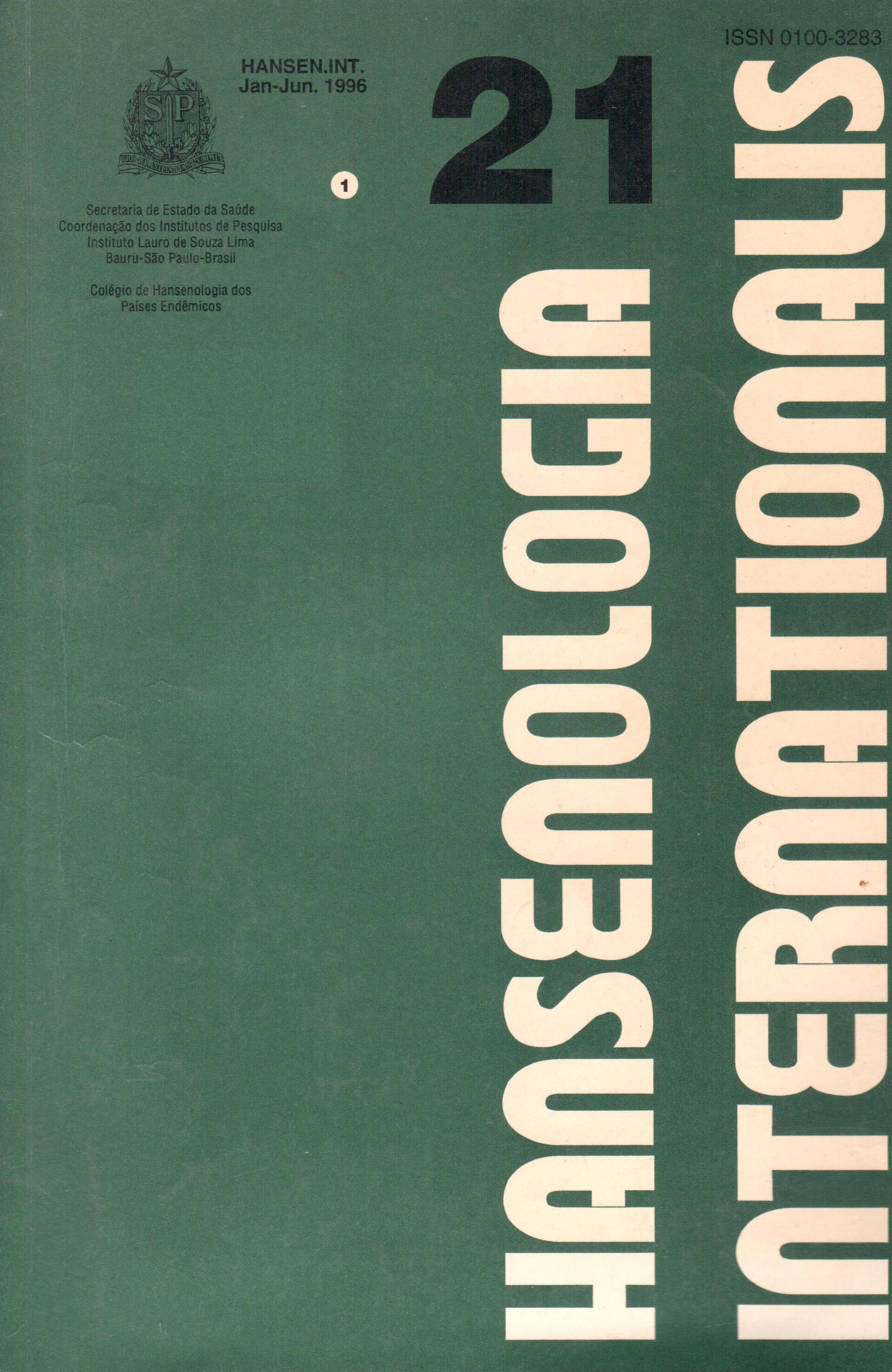Resumen
Os autores apresentam uma técnica para realizar estudo de condução nervosa em tatus (D. novemcinctus) e sugerem que 66.17 m/s poderia ser a média da velocidade de condução normal para o nervo ciático, um parâmetro que pode ser usado para a avaliação do sistema nervoso periférico nesse animal, considerando-se a sua escolha como modelo experimental na hanseníase, e mesmo em outras neuropatias periféricas.
Citas
1. JOHNSON, E.W. Practical electromyography. Baltimore, Willians & Wilkins, 2nd ed, 1980
2. KIMURA, J. Principles and pitfalls of nerve conduction studies. Ann Neurol,16: 415- 429, 1984
3 . MAYNARD, F. M. and STOLOV, W.C. Experimental error in determination of nerve conduction velocity. Arch. Phys Med Rehabil, august, 362-373, 1972.
4.MEHTTA, L.M., ANTIA, N.N. Ultrastructure of sciatic nerve of armadillo infected with M.leprae. Indian Journal of Leprosy, 56(3):540-554, 1.984.
5. OPROMOLLA, D.V.A., ARRUDA, O.S., FLEURY, R.N. Maintenance of armadillos captivity and results of the inoculation of Mycobacterium leprae. Hans. Int.,5 (1) :28-36, 1.980.
6. SHEPARD, C.C. The experimental disease that follow, the injection of human leprosy bacilli into foot-pads of mice.Journal of Experimental Medicine, 112:445-454, 1.960
7. STALBERG, E. and FALK, B. Clinical motor nerve conduction studies. Methods in Clinical Neurophysiology, Vol. 4, Number 3, sept. 1993.
8. STORRS, E.E. The nine-banded armadillos a model for leprosy and other biomedical research . International Journal of Leprosy, 39:703-714, 1.971.
9. VIRMOND, M. O uso do D. novemcinctus como modelo experimental de Lesão Neural em Hanseníase. IV° Encontro de Cirurgiões
do ILSL. Abstracts. Bauru, 1994.
2. KIMURA, J. Principles and pitfalls of nerve conduction studies. Ann Neurol,16: 415- 429, 1984
3 . MAYNARD, F. M. and STOLOV, W.C. Experimental error in determination of nerve conduction velocity. Arch. Phys Med Rehabil, august, 362-373, 1972.
4.MEHTTA, L.M., ANTIA, N.N. Ultrastructure of sciatic nerve of armadillo infected with M.leprae. Indian Journal of Leprosy, 56(3):540-554, 1.984.
5. OPROMOLLA, D.V.A., ARRUDA, O.S., FLEURY, R.N. Maintenance of armadillos captivity and results of the inoculation of Mycobacterium leprae. Hans. Int.,5 (1) :28-36, 1.980.
6. SHEPARD, C.C. The experimental disease that follow, the injection of human leprosy bacilli into foot-pads of mice.Journal of Experimental Medicine, 112:445-454, 1.960
7. STALBERG, E. and FALK, B. Clinical motor nerve conduction studies. Methods in Clinical Neurophysiology, Vol. 4, Number 3, sept. 1993.
8. STORRS, E.E. The nine-banded armadillos a model for leprosy and other biomedical research . International Journal of Leprosy, 39:703-714, 1.971.
9. VIRMOND, M. O uso do D. novemcinctus como modelo experimental de Lesão Neural em Hanseníase. IV° Encontro de Cirurgiões
do ILSL. Abstracts. Bauru, 1994.
Esta revista tiene la licencia Creative Commons Attribution 4.0 International License.
Descargas
Los datos de descargas todavía no están disponibles.
